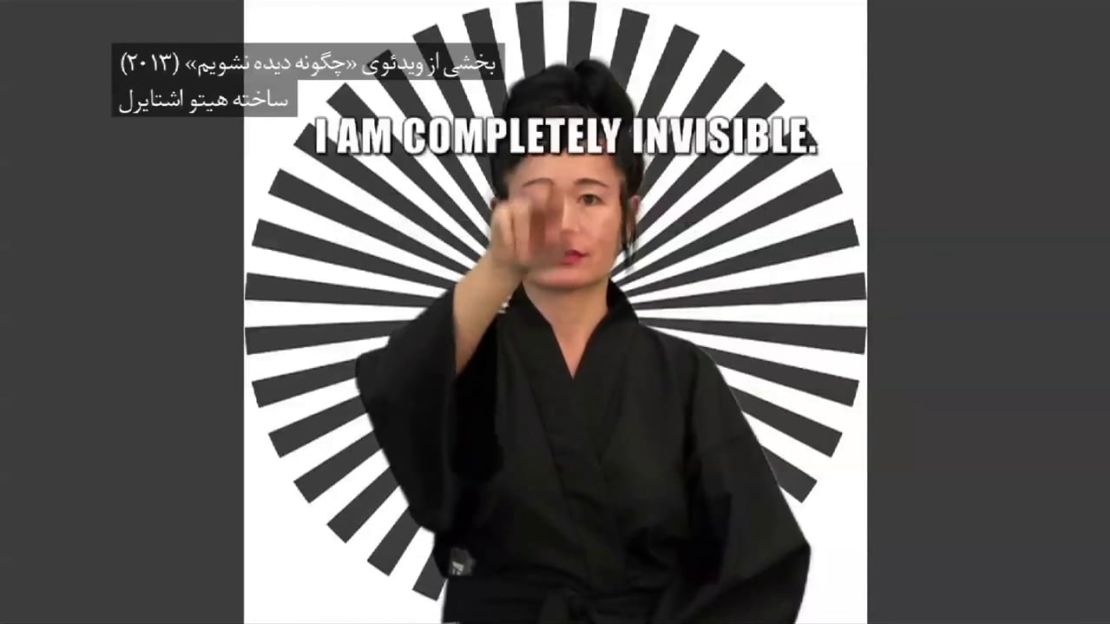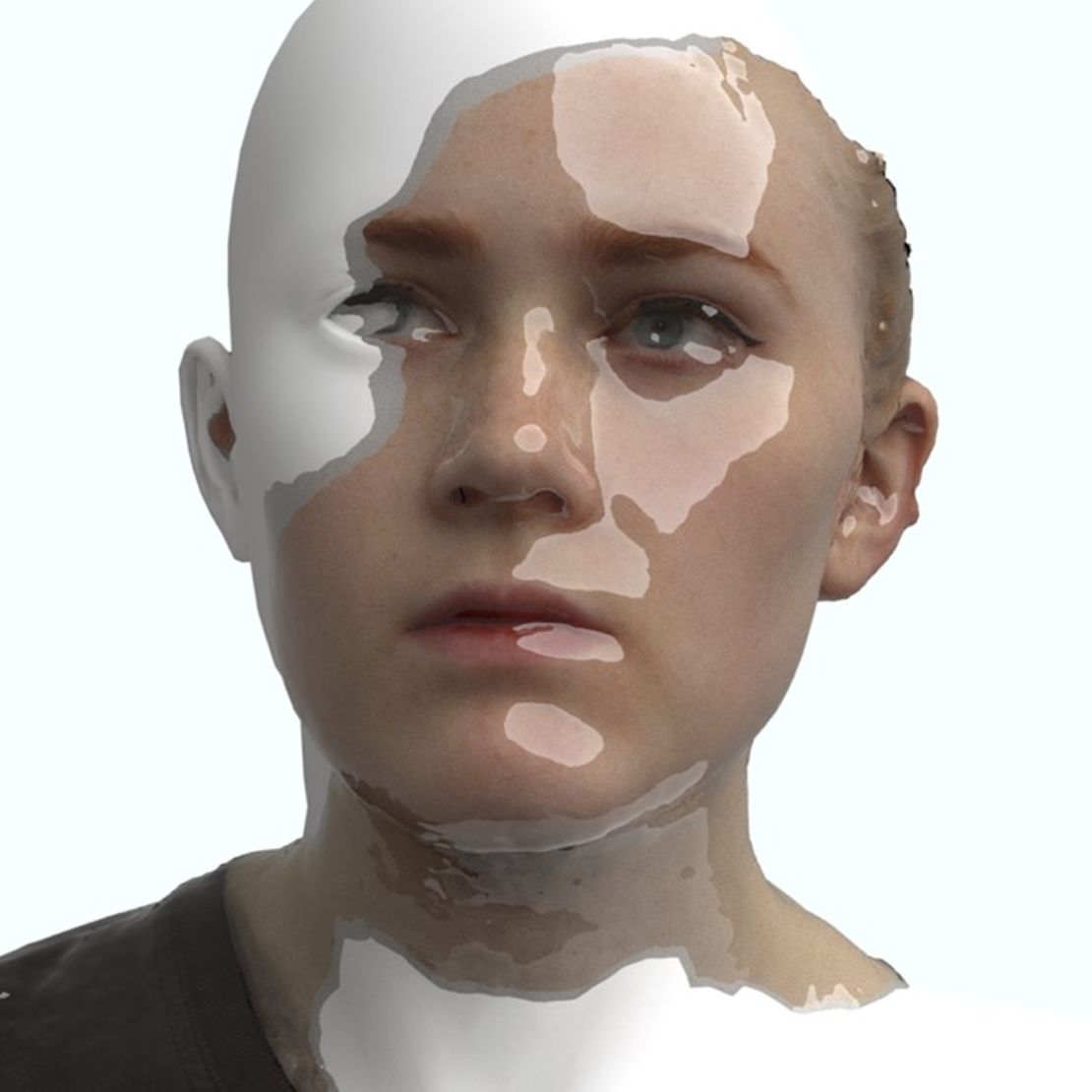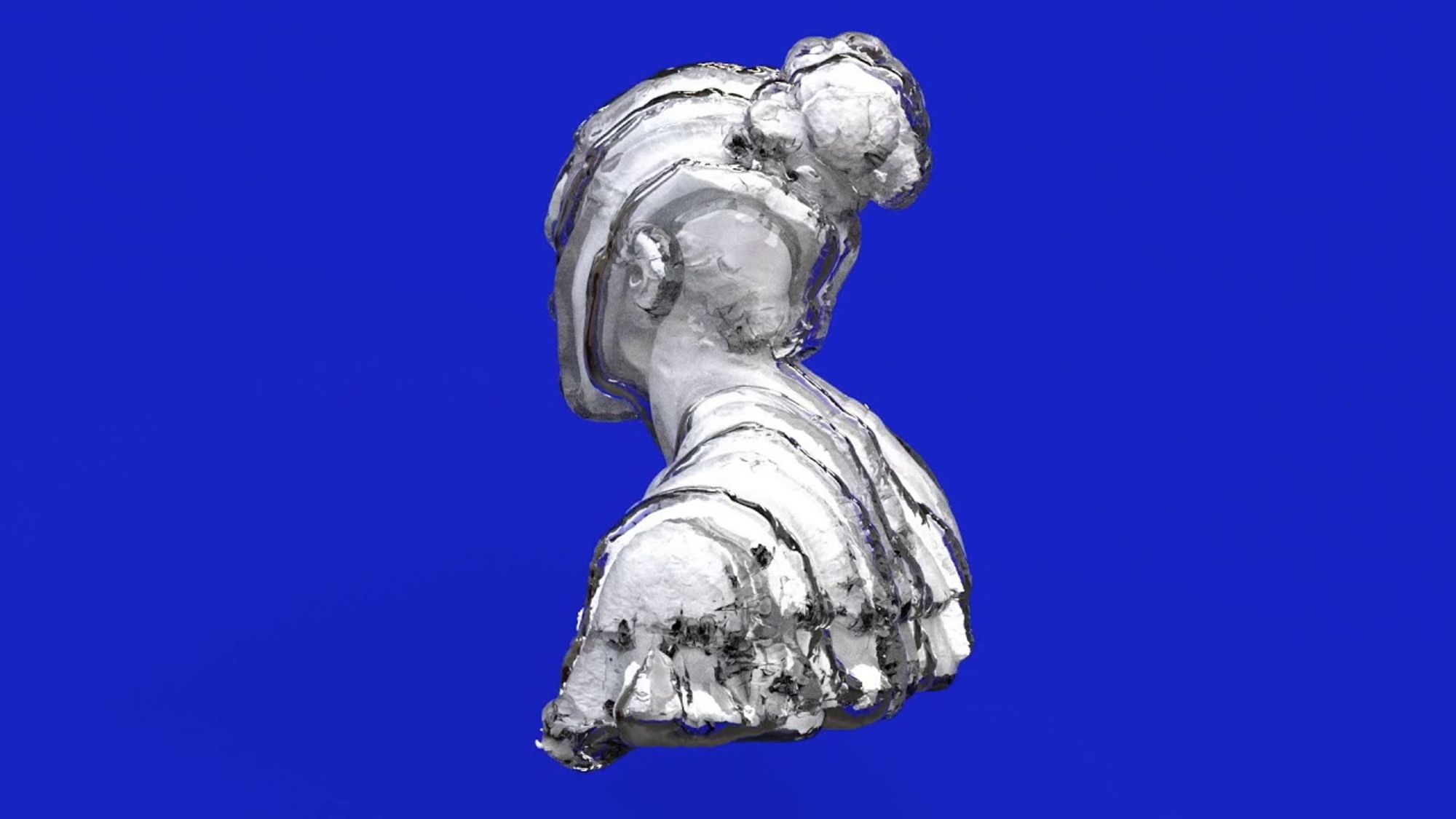Editor’s Note: This story forms part of a collaboration with Dazed Digital – where pop culture meets the underground. The opinions expressed in this article belong to each individual author.
Technology is advancing at such a fast rate right now that it can feel like we are well on our way to a robot apocalypse. But, if we closely observe how artists are harnessing artificial intelligence in ways that push humanity forward, we can see that our fears of a technological dystopia might never actualize. From using AI to create new and innovative genres in music, to new takes on classical nudes, and innovative ways to track anonymous warfare, art’s relationship to AI right now is illuminating humanity’s strength.
As we enter a new age of AI-powered art, here are six artists who are shaping the future of artificial intelligence.
Robbie Barrat
“AI is going to be one of the larger art movements of this century,” artist Robbie Barrat told Dazed earlier this year. The Stanford researcher and recent high school graduate is responsible for a whole set of AI art innovations, and his statement is emblematic of the way in which the artist has harnessed AI into his work, using his extensive computing knowledge to create projects like AI-generated nudes, and a Balenciaga bot.
Also known as Dr Beef, Barrat began his artistic journey by creating and training his own neural network, and then moved onto projects like teaching AI to rappers like Kanye West. To create his AI nudes, Barrat fed a Generative Adversarial Network (GAN) thousands of nude portraits from different centuries and strains of art to create works as eerily beautiful as a classic Francis Bacon.

In the lead up to New York Fashion Week in September 2018, Barrat scraped an entire history of Balenciaga shows to create a new AI-generated Balenciaga collection. From skin-tight morphsuits that swallow the body to eerily beautiful impressionist patterns, Barrat’s work poses critical questions about how technology will define the future of fashion and art. “I want to use AI to make its own new and original artworks,” he said. “Not just get AI to mimic things that people were making in the 1600s.”
James Bridle
Our current political climate is so turbulent that artists are now turning to AI to help fight it. James Bridle is one of them; his work intersects art, technology and science to expose and analyze our current political landscape.
Take Bridle’s project “The Cloud Index” (2016) as a key example. Made in collaboration with curator and artist Ben Vickers, “The Cloud Index” is a piece of software that can be used to create different weather formations based on different political outcomes. “To develop the work, we fed a neural net with satellite images of the UK’s weather formations and Brexit polling results that showed the UK’s relationship to Europe,” Vickers explained to Dazed earlier this year.
“Here, James’s work looks at the history of the cloud, particularly in its early history in relation to the ENIAC computer being used to calculate meteorological result, but also the same computer used to run the mathematics of the atomic bomb. Whilst slightly absurdist in its initial proposition, what James skillfully brought together was the promises of ‘big data’ and Silicon Valley’s solutionist approach to the world, with the logical end-point for that thinking. We put forward the notion that ‘if we wish to change the future, we must change the weather.’”
“Dronestagram” (2012) is another Bridle project that uses AI to expose politics. The Instagram account shows aerial views of the approximate locations of drone strikes, which has sparked conversation about the inhumane outcomes of anonymous warfare.
Jenna Sutela
Existentialist Finnish artist Jenna Sutela works with slime, artificial life forms, and theories about humanity’s birth – e.g., panspermia: a theory that rejects Big Bang to propose that life on earth came from life already present in outer space. Sutela draws on and advances these theories, for example, in her Orgs project, which recognizes slime mold as a form of AI because of its ability to hunt for food – an idea that hasn’t previously been aligned with slime and one that advances her as an artist in connection with non-human entities.
Sutela’s most recent project was a four month residency at London’s Somerset House, under the first remote artist-in-residence program launched outside of the Google Arts & Culture Lab n-Dimensions. During her residency, Sutela worked with engineers to teach machines to channel spirits. “Like some of my favorite science fiction, I believe art has the ability to generate a more advanced image or experience of now and the emerging next phase before it comes to existence in other registers of life,” Sutela told Google Arts & Culture Lab. “I try to engage with futuristic and also ancient materials in a non-linear way, while creating spaces and devices that may carry us to parallel worlds.”
Holly Herndon and Mat Dryhurst
The artwork for Berlin-based AI musician Holly Herndon’s latest song “Godmother” was as disturbing as an Aphex Twin album cover. But it’s not surprising. The track comes from her AI invention, Spawn, created with her partner Mat Dryhurst. Dubbed their “AI baby,” over the past two years Herndon and Dryhurst have trained the neural network to create its own music by simply listening to audio files, including Herndon’s voice, or a mass of voices from live performances.
“Godmother,” for example, is made in collaboration with musician Jlin, and the track was created by listening to Jlin’s work and recreating it with Herdon’s voice with no samples, edits, or overdubs. The result is creepy: a beat-box-esque, tension-filled jungle of sounds which feels like the soundtrack to robot dystopia. But not to Herndon. “I find something hopeful about the roughness of this piece of music,” she wrote in the song’s press release. “Amidst a lot of misleading AI hype, it communicates something honest about the state of this technology; it is still a baby. It is important to be cautious that we are not raising a monster.”
Hito Steyerl

German artist, filmmaker, and writer Hito Steyerl (named Art Review’s most influential person in 2017) is concerned with how technology affects society. She explores this through an intersection of art and philosophy, with playful works that mix fact and fiction across installations and film.
Steyerl’s exploration of how technology shapes humanity starts with projects as early as her “2014 Research Centre for Proxy Politics” (2014-2017), which ran for three years to investigate technology advances such as the political economy of cryptocurrencies, and tracing how networked communities, like social media, are shaping our brains. When honing in on AI, Steyerl works on the idea of artificial stupidity: how technology breeds fake news, which ultimately distorts how we perceive reality. The artist suggests that artificial stupidity is one of the biggest threats of our time – a bigger threat than the idea of a super-intelligent AI intent on destroying humans.
Yona (and Ash Koosha)

Yona is the AI singer-songwriter created by Iranian composer Ash Koosha. Her first solo track, which premiered on Dazed in June, is raw, and hauntingly sad. “Yona is the first of a series of auxumans we are planning to present, virtual entities that give to you, what many humans, in many cases, go through a lot of mental turmoil to create,” Koosha explained to Dazed.
Yona’s sound, including lyrics, chords and voice are created using a complex text-to-speech software that gives her human-sounding singing, and Koosha mixes and produces the final track. Since her first track, Yona has also collaborated with Koosha on his latest album, Return O. While Yona uncannily replicates human emotion, Koosha believes that technology will never override humanity. “I don’t think machines will take a human’s place in creative areas,” Koosha told Dazed. “They will enhance us, and push us to come up with new ideas that machines have not been able to learn yet. This will push us into a whole new level of civilization.”
